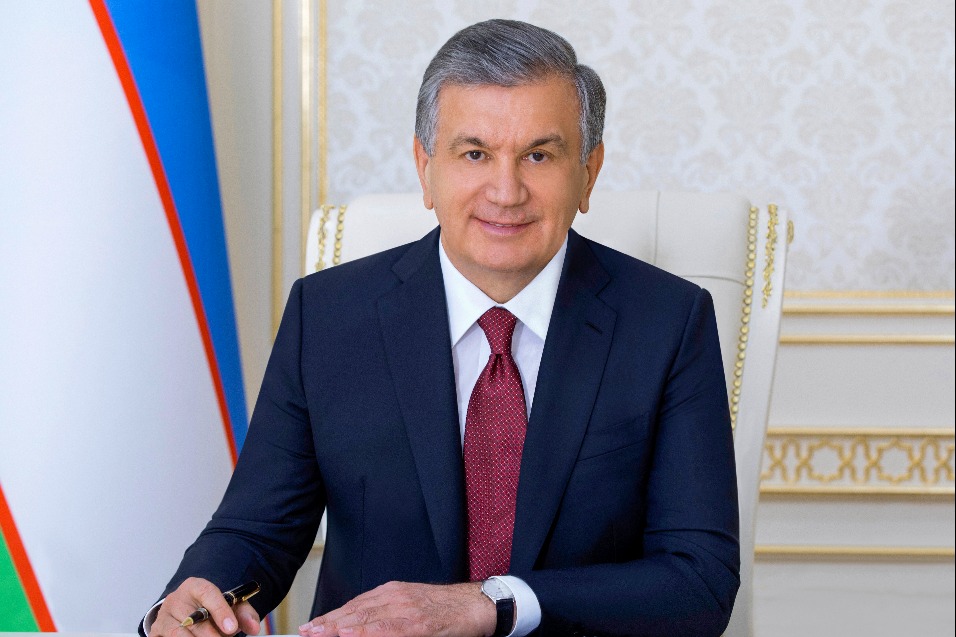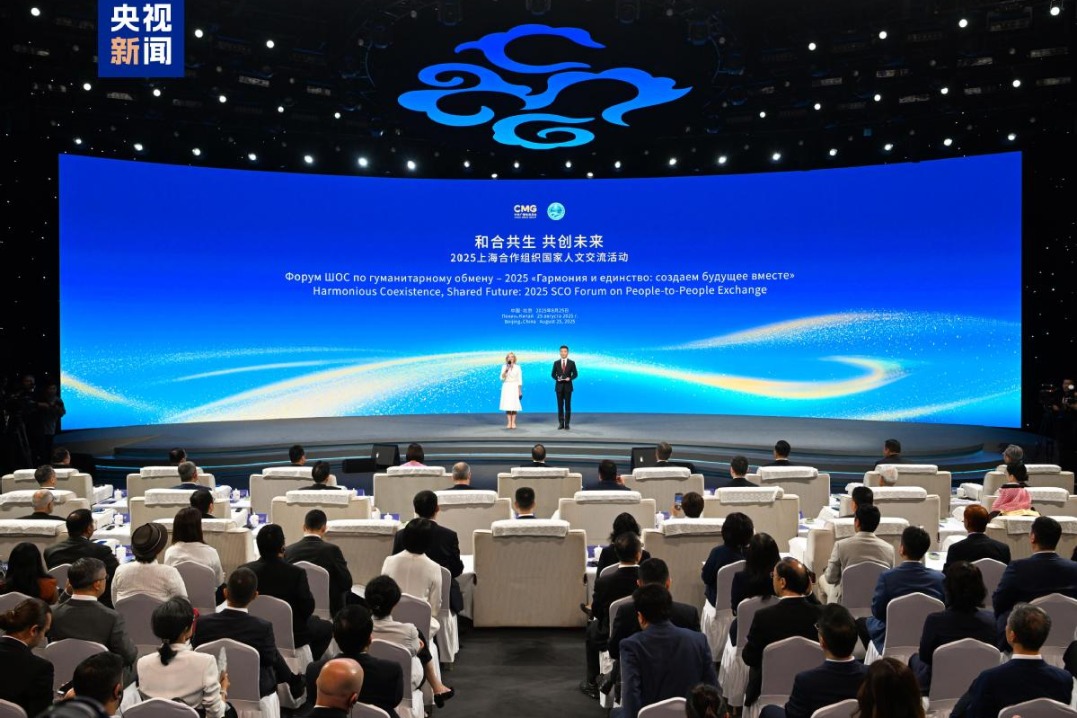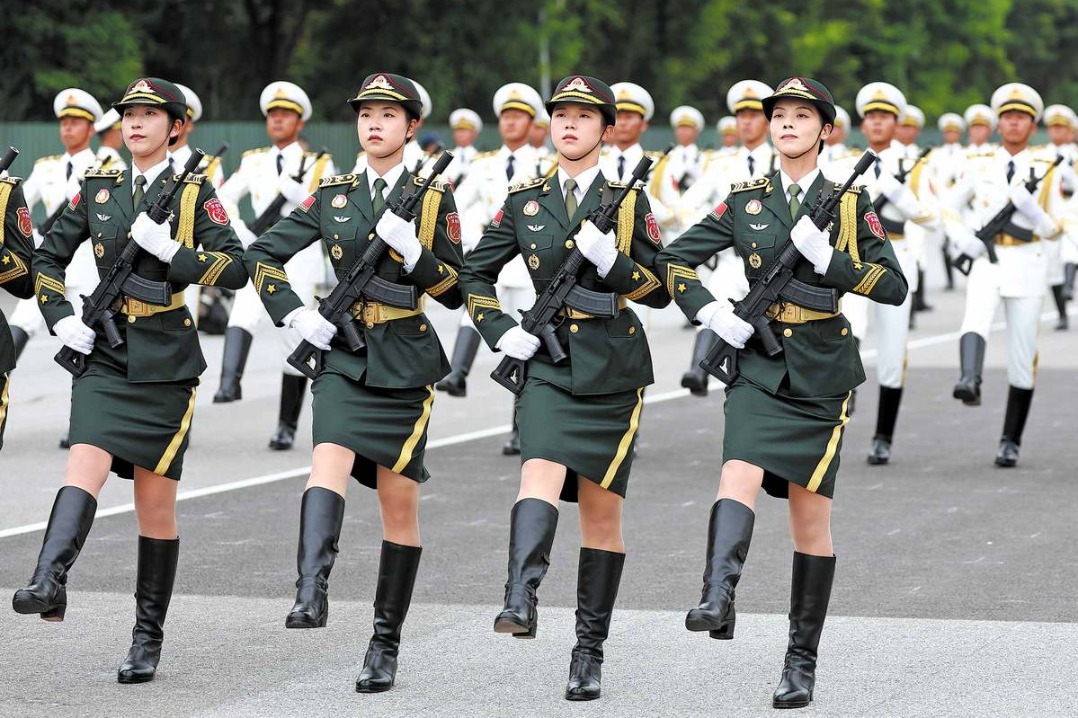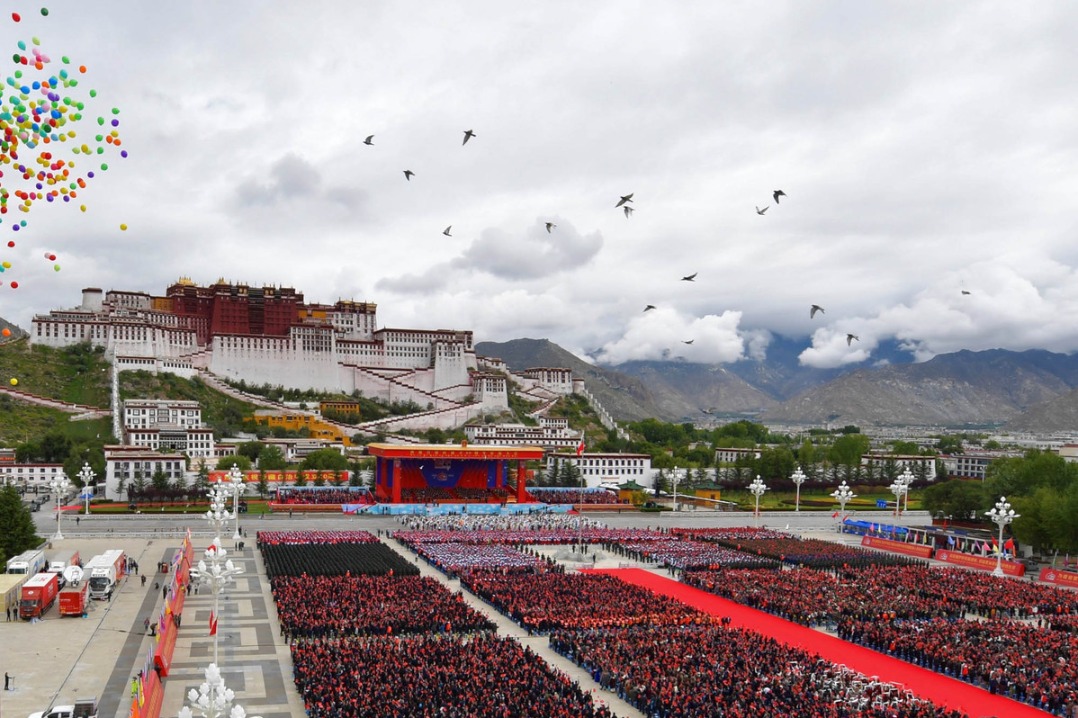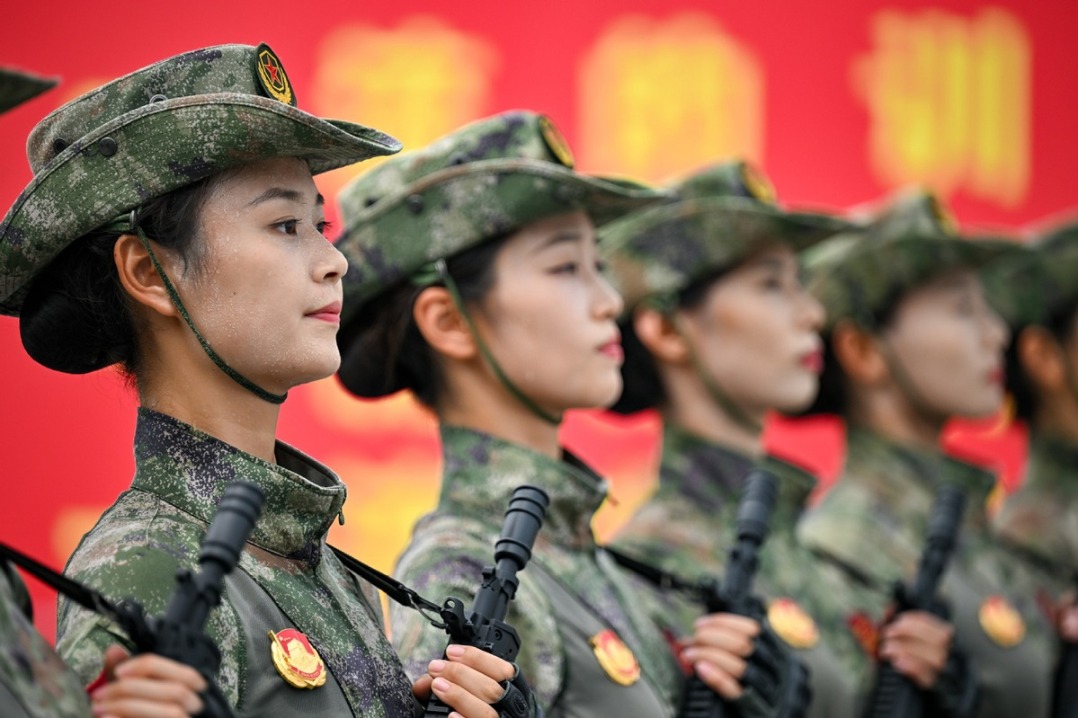US' copycat moves demonstrate BRI's worth


Has the United States come to recognize the Belt and Road Initiative as a model for global development?
Ten years have passed since President Xi Jinping proposed the Belt and Road Initiative, which contained six economic corridors and six routes, and multiple countries and ports. Today, the US is adopting the same model to promote global development — at least that's what its proposed joint development projects suggest.
The US and some of its allies are supporting the development of the Lobito Corridor to connect Angola, Zambia and the Democratic Republic of Congo, with investments to extend the railway that may become the primary transportation mode connecting the DRC and Zambia with the global markets through the Port of Lobito in Angola.
The corridor could be later extended to Tanzania and, ultimately, the Indian Ocean. This is the first time the US has got directly involved in such an infrastructure project in Africa, a project which is consistent in concept and goal with the Belt and Road Initiative.
That the US recognizes, even if unofficially, the Belt and Road Initiative as a global development project was also evident at the G20 Summit in New Delhi in September, where US President Joe Biden announced an economic corridor linking India with the Middle East and Europe. The US-led initiative comprises two separate corridors, the east corridor connecting India to the Middle East and the northern corridor connecting the Middle East to Europe, and includes a railway that will supplement existing cross-border maritime and road transport routes between India, the United Arab Emirates, Saudi Arabia, Jordan, Israel and Europe.
When President Xi launched the Belt and Road Initiative in 2013, the US and some other Western countries said the initiative's purpose is to control countries and drown them in "debt". Now, the US itself, along with the other Western countries, is encouraging India and Middle East countries to build economic corridors in Africa as well.
So have the economic corridors, envisioned and built by China, become a model for international cooperation and economic development?
China's intentions behind the Belt and Road Initiative were clear right from the beginning: to promote development for all, a common destiny, a common future. The principles of the Belt and Road Initiative were coordination of policies between countries, infrastructure connectivity, facilitating unhindered trade, financial integration, and establishing strong ties between peoples.
China has worked sincerely to achieve these goals and large Belt and Road projects have become a reality. China is still working with many other Belt and Road countries to build and improve connectivity and boost economic development to achieve win-win results.
But why did the US decide to help build the economic corridor in Africa and the one connecting India, the Middle East and Europe now?
The answer is clear: the US does not want India to join the Belt and Road Initiative, and countries such as Saudi Arabia and the UAE to deepen political and economic relations and coordination with China.
The US' decision to build economic corridors does not stem from its belief in the importance of global development, in contrast with China's decision, but rather to compete with the China-proposed Belt and Road Initiative and draw global attention away from the initiative.
When your intentions are not honest, there will be many doubts about the outcomes. Of course, no one is against the development of another country or a group of countries. But the question is: Why such planned development efforts contradict other development plans?
China has good relations with Saudi Arabia and the UAE, which ranked first and third in terms of construction of Belt and Road projects in the first half of 2023, chalking up $3.8 billion and $1.2 billion respectively. In June, China's Baoshan Iron and Steel signed a $4 billion agreement to build a steel factory in Saudi Arabia, which represents part of the $50 billion worth of deals the two countries committed to during President Xi's visit to Riyadh in December 2022.
The US has woken up a decade too late to counter the Belt and Road Initiative, which has already made remarkable achievements, and upheld the primacy of multilateralism against unilateralism when it comes to global trade and development.
The US has made it clear, through its statements and actions, that it fears China's growing global influence and wants to contain China. That's why when the US failed to mislead the world on China, it resorted to the Chinese model of development.
The US' aim is to prevent countries from getting closer to China. But people cannot be cheated or fooled anymore, and the fruitful outcomes of the Belt and Road projects cannot be hidden. The facts speak for themselves.
The efficacy of the Belt and Road approach was proved, once again, when the US adopted the same approach to help build economic corridors. On the 10th anniversary of the Belt and Road Initiative, we are looking forward to the continuity and further development of the initiative.
The author is the first economics researcher at the Egyptian Ministry of Foreign Trade and Industry.
The views don't necessarily reflect those of China Daily.
If you have a specific expertise, or would like to share your thought about our stories, then send us your writings at opinion@chinadaily.com.cn or comment@chinadaily.com.cn.






















